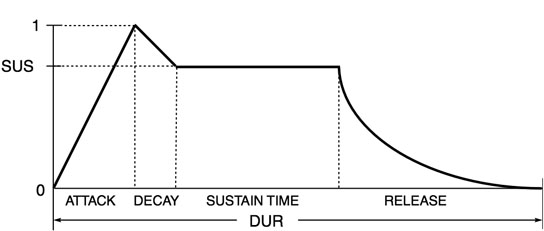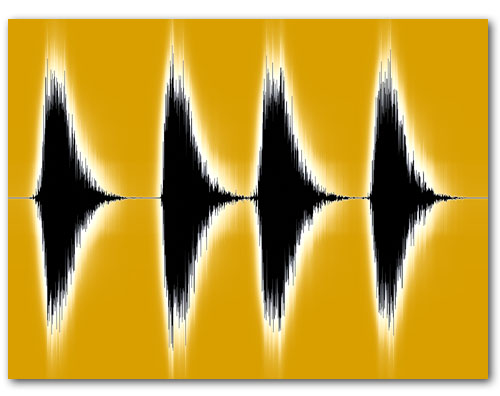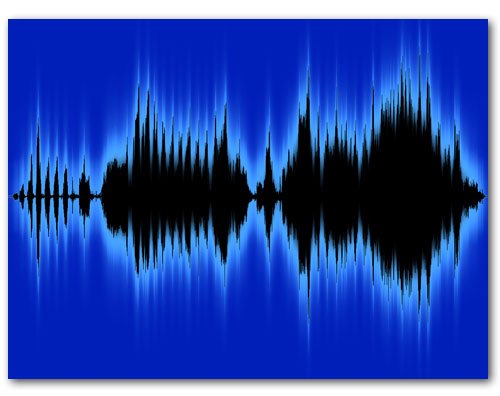«... В современной психологии, бдительность, также названная устойчивым вниманием, определяется как способность сохранять внимание и настороженность в течение длительных периодов времени. [1] За это время человек пытается обнаружить появление раздражителя конкретной цели. Индивидуум наблюдает за сигнальным раздражителем, который может возникнуть в неустановленное время. [2] [3] Исследование бдительности расширилось с 1940 года в основном за счет увеличения взаимодействия людей с приборами, связанных с мониторингом и обнаружением редких событий и слабых сигналов. Такие области включают управление воздушным движением, инспекцию и контроль качества, автоматизированную навигацию, военный и пограничный контроль, и спасательные мероприятия ...».
Важным для поисковика является то, что бдительность позволяет создавать умение слушать так, что вы можете определить тенденции с более вероятными целями. Бдительность может значительно улучшится с практикой, но сначала вы должны знать, что слушать. Итак, давайте обсудим разделение сигнала. Термины, которые используют звукоинженеры это наступление, т.е. начало сигнала, поддержание, основная часть сигнала, и разрешение, когда сигнал заканчивается.
 Рисунок 1
Рисунок 1
- Хорошие цели, как правило, имеют короткое наступление и разрешение
- Хорошие цели, как правило, имеют ровное и гладкое поддержание
- Хорошие цели, как правило, повторяются с тем же наступлением, поддержанием, разрешением
- Сигналы хлама, как правило, затягивают наступление или разрешение
- Сигналы хлама, как правило, изменчивы в поддержании
В качестве примера подумайте о лайе собаки (рис. 2). Лай начинается и заканчивается очень быстро. Поддержание - короткое и не сильно отличается. Сигналы лайя очень похожи при повторе. Сравните это с криком чаек (рис. 3). Вы увидите, что сигнал поддержания изменчив, и ему не хватает короткого наступления и разрешения собачего лайя.
 Рисунок 2
Рисунок 2
Тон - это просто голос сигнала. Excalibur II имеет очень преданных поклонников, потому что голос/тон сигнала очень выразителен и легок в запоминании. CTX 3030 на самом деле позволяет изменять тона в различных звуковых бинах, настраиваясь на железистые и проводящие свойства цели, которую вы ищете.
 Рисунок 3
Рисунок 3
Поэтому, когда вы объедините наступление, поддержание, разрешение и тон со специфическими маркерами, у вас появится мощное понимание того, что ваш детектор говорит вам. Многие владельцы CTX 3030 сейчас слушают тон, а затем переходят на ссылки, куда сигнал попадает на экран для еще большей информации.
Tony Diana





















Comments